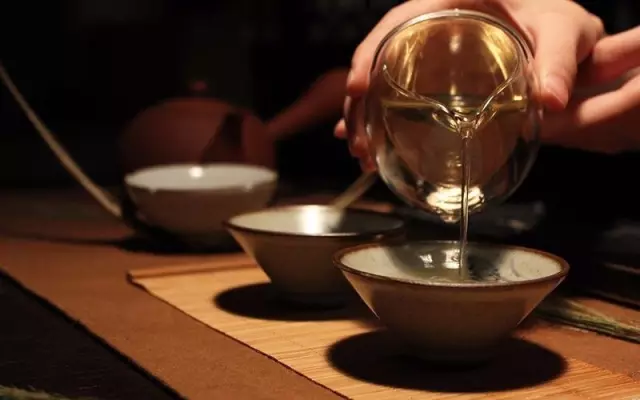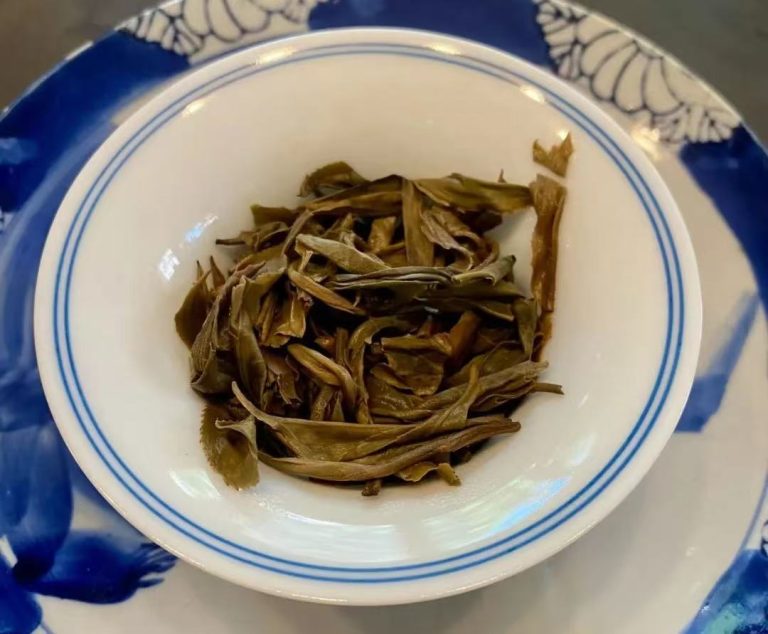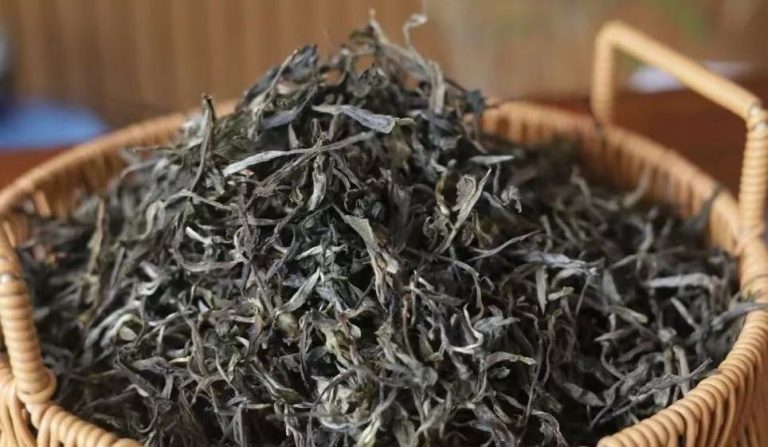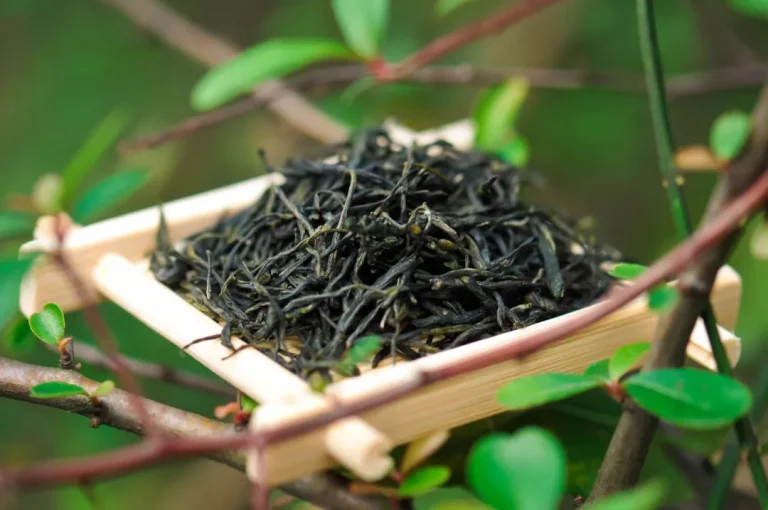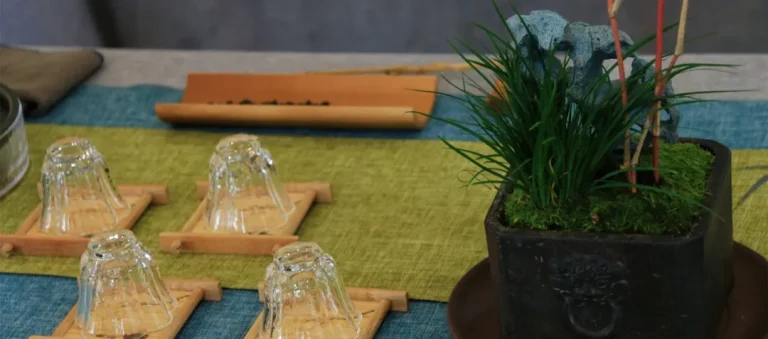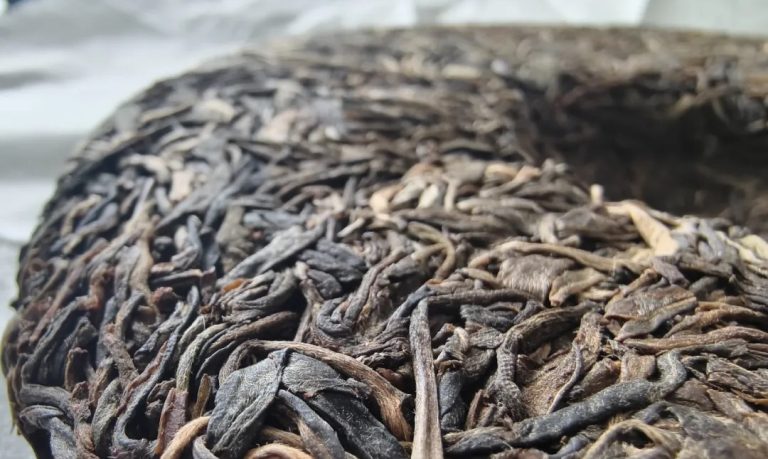Pu-erh tea is a unique type of tea in Yunnan, which can be categorized into Pu-erh raw tea and Pu-erh ripe tea according to the different production processes.
From the appearance of color and tea soup taste, these two types of tea have obvious differences. Today, we will lead you to the basics of Pu-erh tea, and we recommend you to collect them!
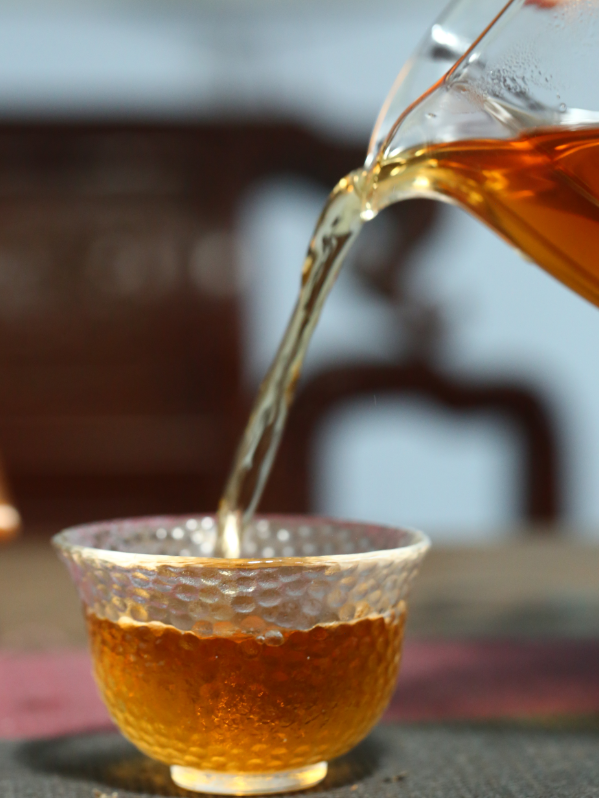
What is Puerh Tea?
Pu-erh Tea: Yunnan large-leafed species of tea tree fresh leaves as raw materials, steam pressure molding of a variety of tightly pressed tea, evolved after a certain period of time storage; or Yunnan large-leafed species of tea sun green tea as raw materials, the artificial post-fermentation processing of Pu-erh tea and Pu-erh loose tea.
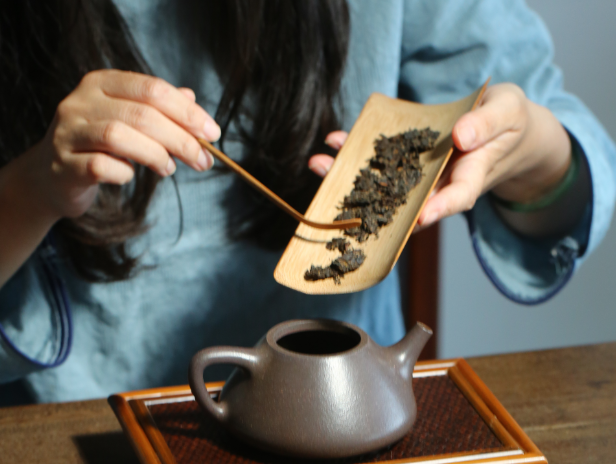
What is raw tea?
The large-leaf tea leaves grown in Yunnan are directly pressed into cakes, tuo, bricks after sun withering (sun greening), called raw cakes, raw tuo, raw bricks. Those that are not pressed are called Maocha.
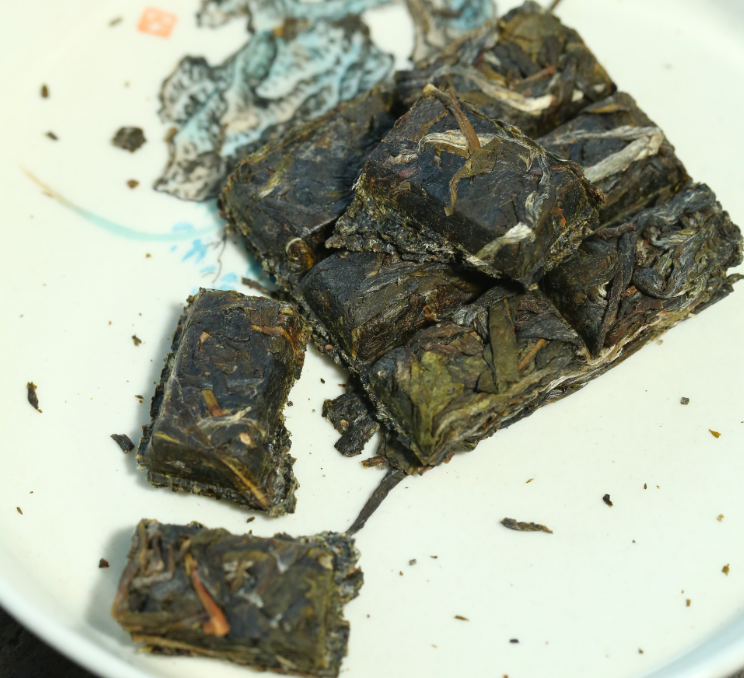
What is ripe tea?
Yunnan growth of large-leafed tea leaves after the sun withering (sun green) and then after the hair of the water Wo heap and finally pressed into shape, known as ripe cake, ripe Tuo, ripe brick.
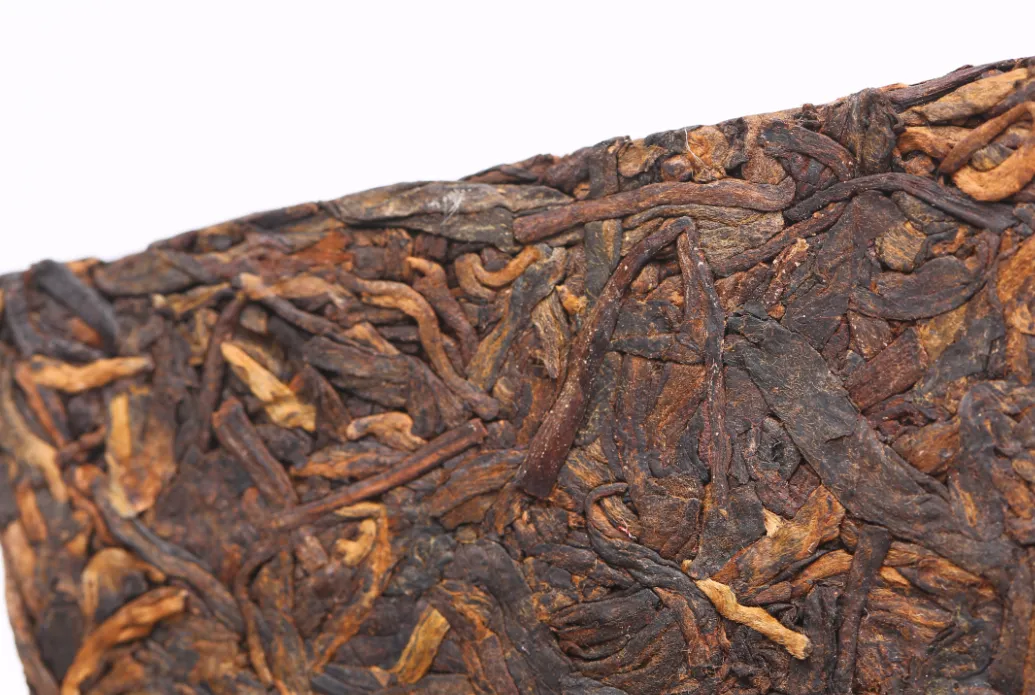
How to distinguish between raw and ripe Puerh tea?
There are many ways to differentiate between raw and ripe Puerh tea, generally from the appearance, the color of raw Puerh is dark green for less than 10 years, and ripe Puerh is dark brown, followed by the smell, raw Puerh smells a light fragrance, while ripe Puerh smells a stale aroma. The last thing is the color of the soup. Raw Pu’er soup color is orange, while ripe Pu’er is maroon and dark maroon.
What type of tea does Puerh Tea belong to?
Pu-erh tea is a special type of tea, different from the six major types of tea. The two main types of tea, raw tea and ripe tea, are significantly different from other tea types in terms of their production process and essential characteristics. Therefore, Puerh Tea is not included in the six tea categories for the time being.
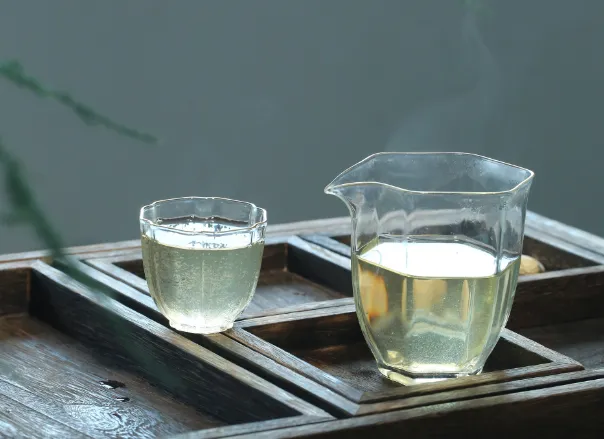
Where are the production areas of Puerh tea?
Yunnan Pu’er tea four major production areas: Xishuangbanna tea area, Lincang tea area, Pu’er (formerly Simao) tea area, Baoshan tea area.
Xishuangbanna tea area: mainly Menghai and Mengla two major Pu’er tea area. Menghai tea production area is located in the south of the Lancang River West, the tea of this production area is more powerful than other production areas, when the “just”. Its Pu’er tea is characterized by strong tea, high aroma and high astringency.
Lincang production area: Pu’er tea production is relatively high in the place, where the geographic environment is special, mild climate, abundant light, low latitude, high altitude, rich water resources, very suitable for the growth of tea trees. Tea gardens are mostly in deep mountains and dense forests, and the tea quality of raw tea is excellent.
Pu-erh Tea Area: Named for tea, tea has been prospering because of Pu-erh. After the emergence of the Pu’er tea boom, some famous Pu’er hills began to gradually appear in people’s vision, such as Bangwei, Jingmai, Sleepy Deer Hill, Zhenyuan, Qianjiazhai, etc..
Baoshan Tea Region: The terrain in its territory is complex and diverse, with low temperature and low rainfall, and there are still many cultivated wild tea areas that have not been fully developed, and the average annual tea production is not high.
Raw Materials of Puerh Tea: Pure Material or Blending
Pure material: In academic theory, it refers to tea made from the same asexual seed, now “pure material” refers to “pure hilltop” and “pure region”, i.e. tea made from fresh leaves or raw materials from the same hilltop, the same region and the same ancient tea tree. The “pure material” now refers to “hilltop pure” and “regional pure”, i.e. tea made from the same hilltop, the same region and the same ancient tea tree’s fresh leaves or raw materials.
Blending: refers to the tea quality of different tea districts and the release of substances from each hilltop, to achieve the optimal combination of raw materials.
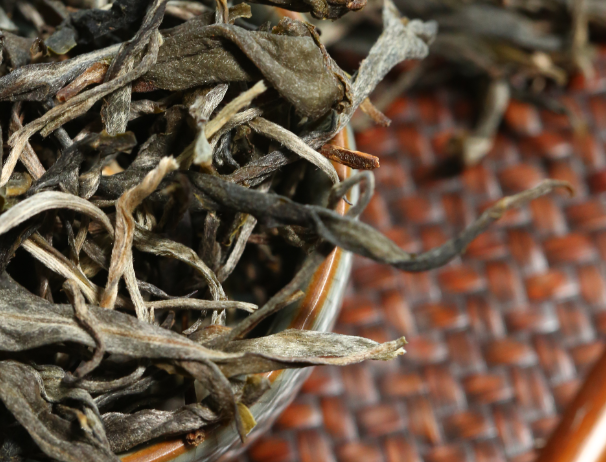
In fact, there is no good or bad difference between pure material and blending, but each has its own characteristics. Pure tea can more accurately express the regional characteristics, while blended tea is rich in variations and can fully utilize the characteristics of tea.
All in all, if the quality of tea is not good, no matter it is pure or blended, it is not a good tea. If the quality of tea is good, both pure and blended tea are good tea.
The Production Process of Puerh Tea
Pu-erh tea is made in two production process methods, which are what we call raw tea and ripe tea.
Raw Tea: Traditional production process: greening – twisting – drying.
Ripe Tea: Killing – Twisting – Drying – Humidifying – Drying.
What is sun-dried and roasted?
Fresh tea leaves are picked and brought home after frying, kneading, cooling on bamboo mats and drying naturally in the sun, called sun-dried green tea, which can be stored for a long time.
After the fresh tea leaves are picked and dried in a dryer, the tea with high flavor is called sun-dried tea, which has a shelf life and cannot be stored for a long period of time. Simply put, sun-dried tea is the Puerh tea process, while roasted green tea is the green tea process.
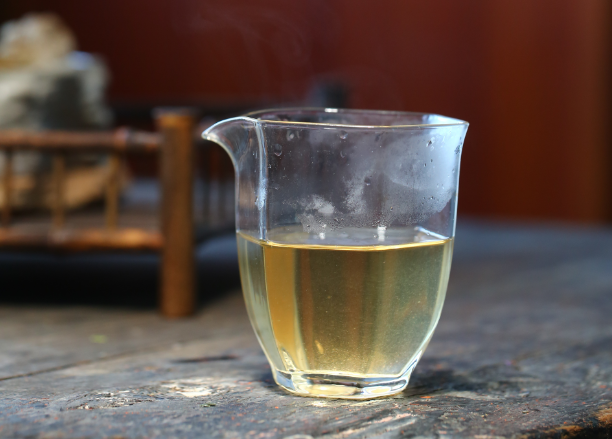
How is Puerh tea graded?
Puerh tea is categorized into high, medium and low grades. High-grade loose tea is divided into: court, ceremonial tea, te grade, first to fifth grade is medium grade, and sixth to tenth grade is low grade loose tea.
Puerh tea crumbles are divided into high-grade, medium-grade and low-grade tea crumbles. When grading, high grade has more buds and low grade also has more stalks. Higher grades only mean that the tea is more tender, and have little to do with quality.
Quality Characteristics of Puerh Tea
Due to the different production processes, the quality characteristics of Pu-erh tea are completely different between raw and ripe Pu-erh tea.
Raw Puerh tea has a fresh and stimulating flavor, strong aftertaste, obvious floral and honey aroma, and bright yellow soup color. Ripe Puerh tea, on the other hand, has a mellow and sweet taste and a dense texture, with an aged aroma and a reddish-brown soup color.
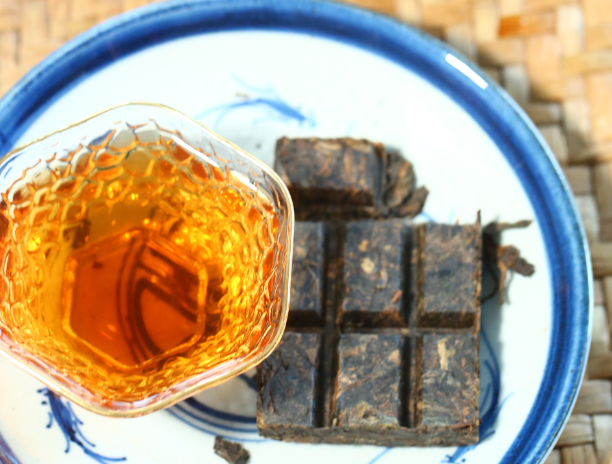
Besides, the quality of Puerh tea is also affected by the years of storage. As the years grow, the quality of Puerh tea will be transformed.
Generally speaking, the aroma of Puerh tea will become more and more intense, the bitterness and astringency will decrease, and the taste will become more mellow.
Therefore, many tea lovers will choose to age Puerh tea to enhance its quality.
What are dry storage and wet storage?
Pu-erh tea is stored in a warehouse with a relative humidity of less than 80%, allowing it to age slowly and naturally, transforming it into its “aged” quality, which is customarily referred to as “dry storage Pu-erh tea”.
This kind of tea is called “dry warehouse Puerh tea”, while “wet warehouse Puerh tea” is Puerh tea that is put into a wet warehouse with a relative humidity of 80% or more, so that it can be transformed quickly, but in the process of transformation, mold will occur, which is called “wet warehouse Puerh”. Dry storage aging, in order to get more fragrant, there are unscrupulous merchants with wet warehouse tea pretending to be aged dry warehouse tea.
What should I pay attention to when choosing Puerh tea?
Four key decisions
First, it is clear: smell its flavor; the flavor should be clear, there should be no mixed flavor.
The second is pure: identify its color; tea color such as jujube, can not be as black as paint.
The third is positive: store its place; stored in a dry warehouse, can not be located in the damp.
Fourth is the gas: taste its soup; taste mild, not taste mixed.
Five don’ts
Don’t use wrong age as the label
Don’t take forged packaging as the basis
Don’t use dark or light color as an excuse
Don’t take added flavor as an illusion
Don’t use tree age as a consideration.
How to store Puerh tea?
Pu-erh tea storage can use purple sand canisters, cardboard boxes and other containers, before storage to prepare a clean, odorless containers, and then Pu-erh tea organized, with the same batch, the same kind of tea can be put with the same, and then put Pu-erh tea with cotton paper into the container, the container will be sealed, placed on top of the teahouse shelves, away from the ground and away from the wall to store, the storage of attention to the prevention of odors, avoiding light, and moderate ventilation.
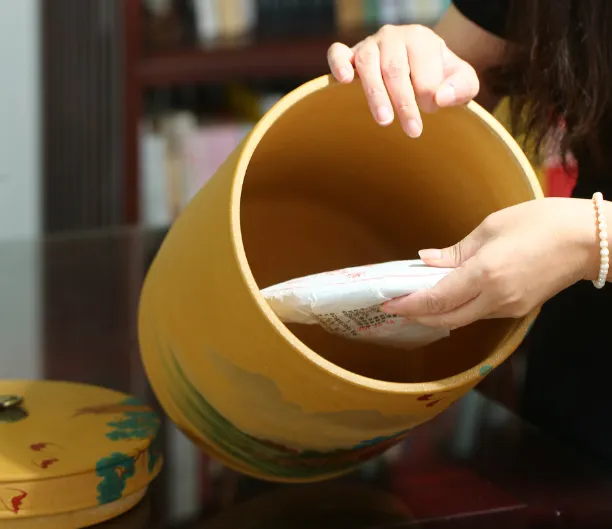
How to brew Puerh Tea?
It is usually recommended to use 100℃ boiling water to brew Pu-erh tea, usually choose a tea set of about 150ml, and throw in 7~8g of tea (adjust the amount of tea according to personal preference).
If you are brewing tightly pressed tea, use boiling water to quickly rinse the tea for 1-2 times before starting to brew. The soup will be ready after 20 seconds for the first brew, 10 seconds for the second brew, and then 5-10 seconds for each subsequent brew. With the increase in the number of times of tea brewing, you can extend the soup time to meet your personal taste needs.
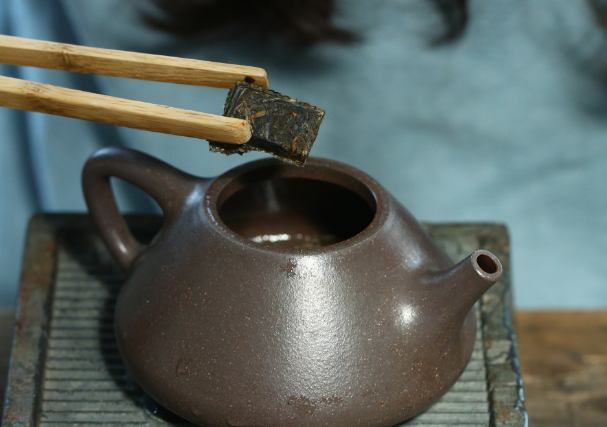
If you are brewing loose tea, use boiling water to quickly rinse once before starting to brew tea. The first three infusions can be made within 5-10 seconds, after which the time can be adjusted according to personal taste.
What tea utensils are better for brewing Puerh tea?
For Puerh tea, we recommend using a purple sand pot or ceramic gaiwan.
Purple clay pots have a unique double pore structure that is impermeable to air and water, which gathers the temperature and odor of the tea and makes the tea soup more layered, making it one of the preferred tea utensils for Pu’er tea.

In addition, ceramic gaiwan is also a good choice, its sealing is better, can help the tea quickly release the aroma, while maintaining the temperature of the tea soup. When choosing the utensils, you also need to pay attention to the cleanliness and hygiene of the utensils to avoid contamination of the tea broth.
